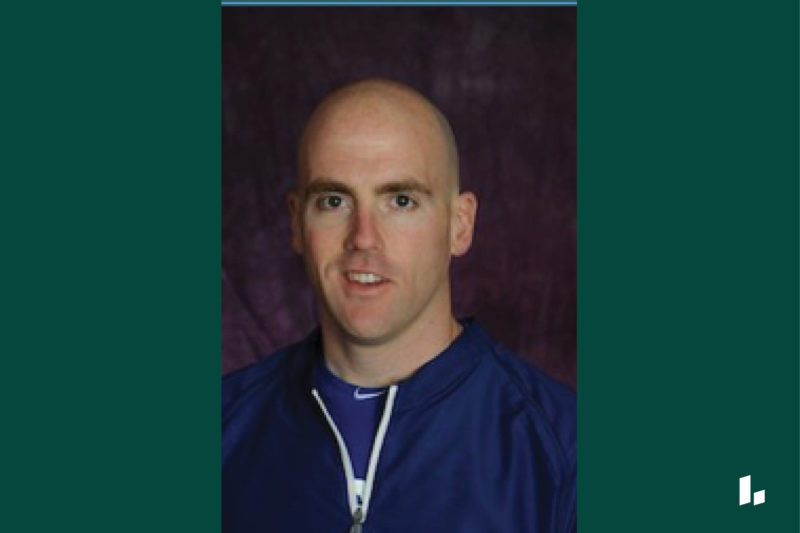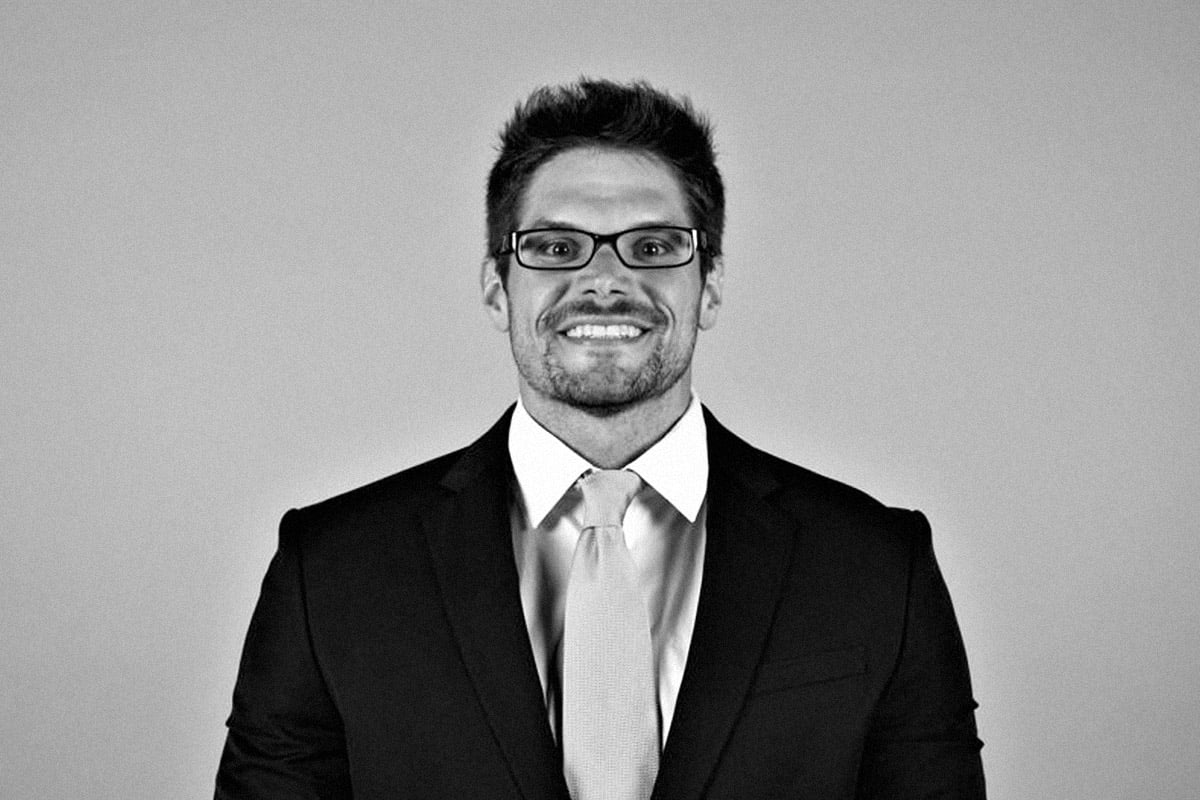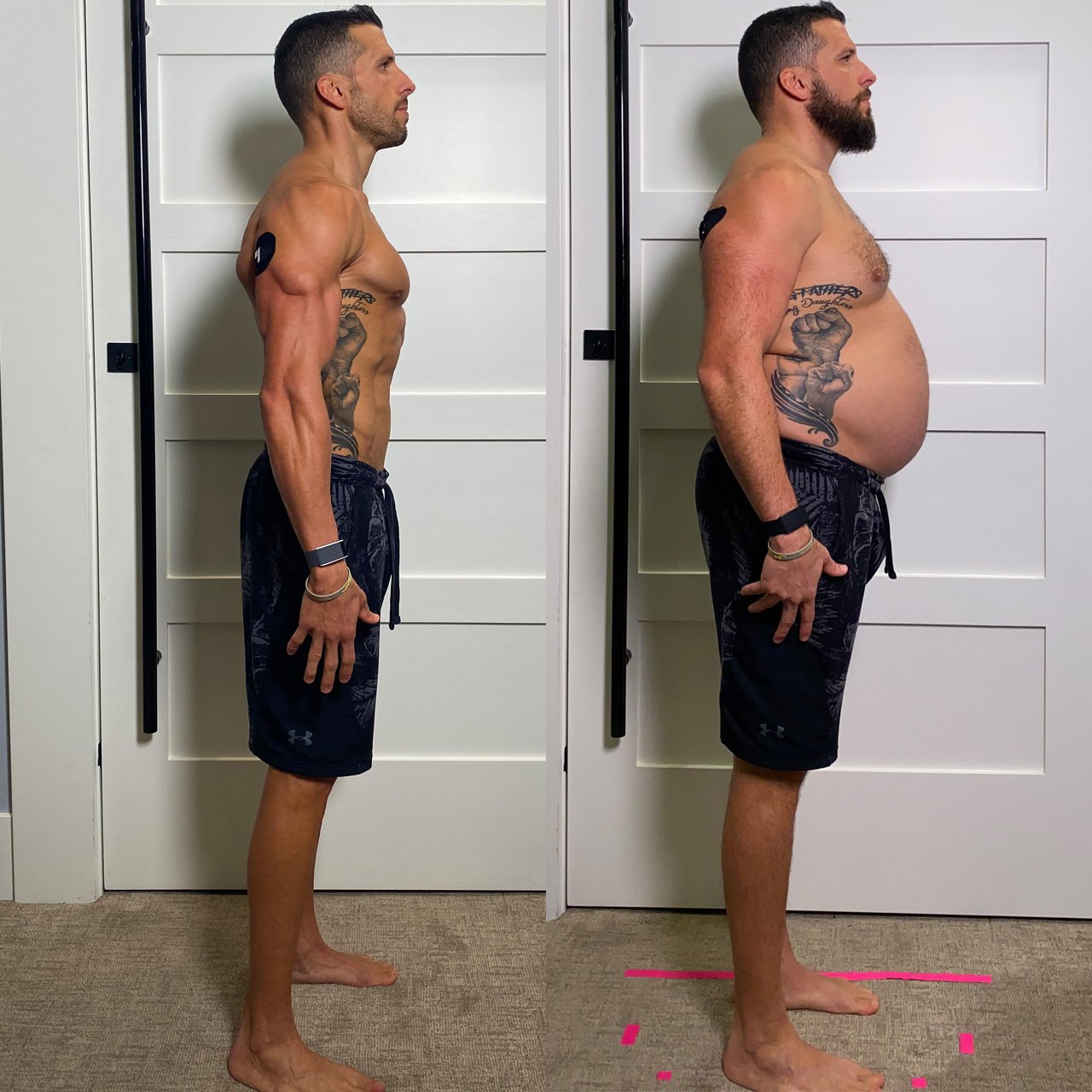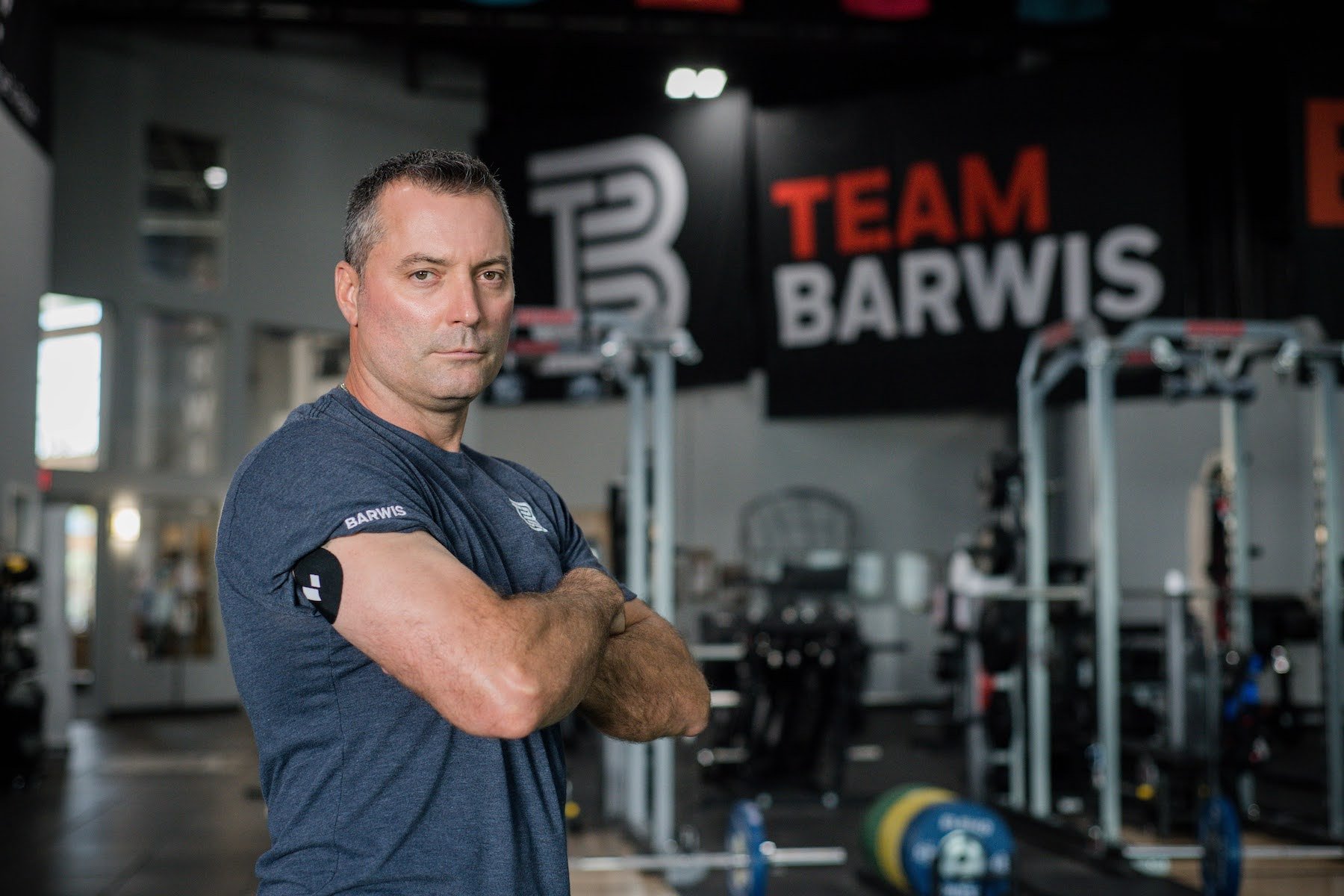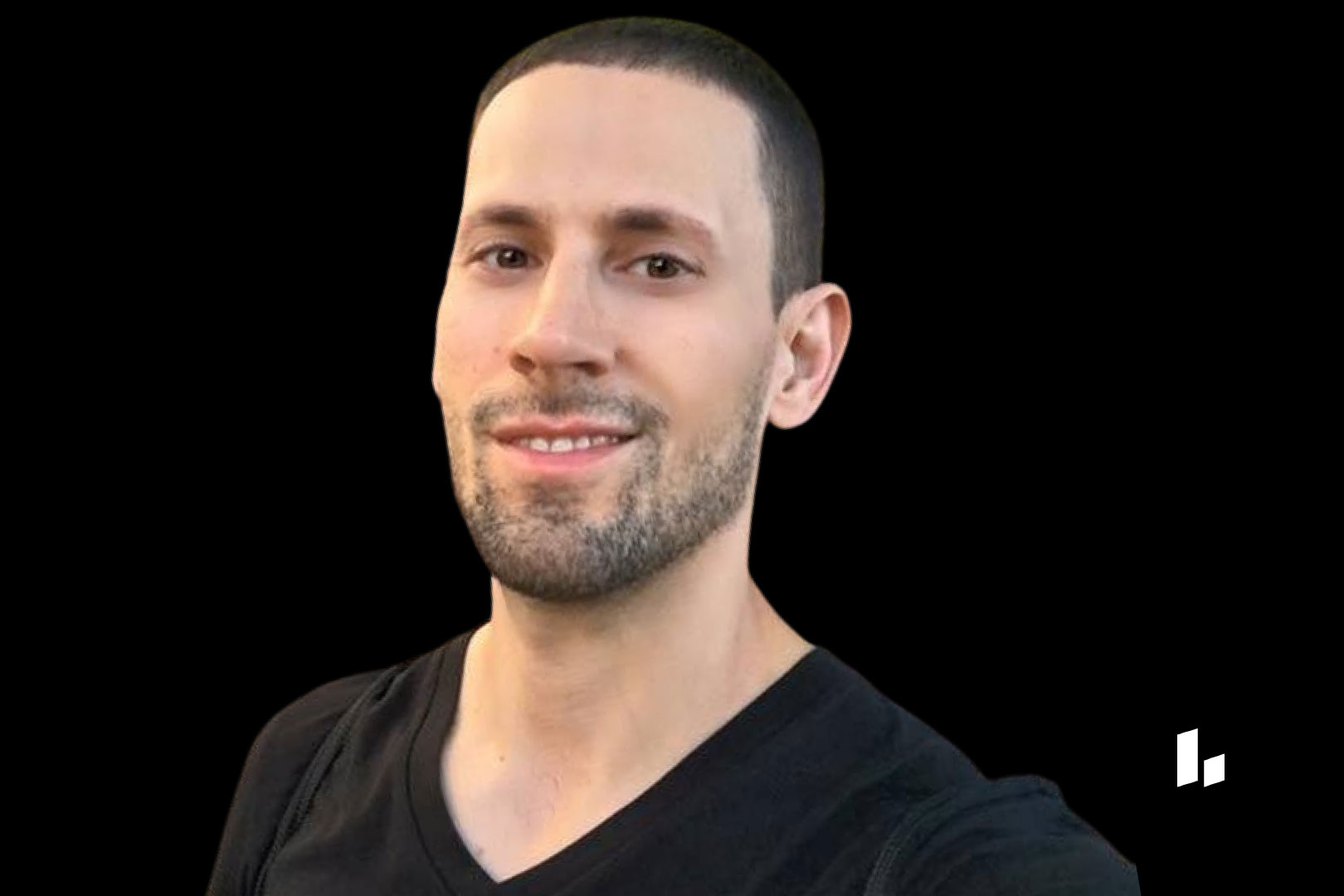Member Profile
Who: Brandon McDaniel, 37
Where: Los Angeles
Time with Levels: 8 months
Most Useful Takeaway: “Wearing a CGM is like having someone standing over your shoulder saying ‘Are you really going to eat that?’”
1. How was your health before Levels?
I’ve struggled with my weight for my entire life. My wife is a dietitian and together, we’ve experimented with a lot of different diets. Back in 2010 before our wedding I remember we tried an elimination diet where we took out soy, dairy, gluten, alcohol, caffeine, nuts, and peanuts. I have no idea what we ate during that diet, to be honest. We’ve also done keto very seriously where we tested our ketones constantly.
2. After wearing the CGM, how has your diet changed?
I started using Levels around the holidays and was able to see how alcohol, dessert, rice, and pasta affect me. And so, since February this year, I’ve been super strict on my diet. I haven’t had a drink of alcohol or any sweets since the Superbowl. In that time, I went from 220 to 200 pounds. It was likely a lot of water weight, but the really cool thing is that I watched my fasting blood sugar go down. For weeks, I was in the 60s overnight, with no issues whatsoever.
“CGM takes the blindfold off. I say this to our coaches and athletes: Tech has given us the ability to coach with the lights on. I’ve been in the training field for 15 years and the education part is super tricky—this helps.”
The most disappointing thing is what happens on the CGM after I drink some tequila, which I really enjoyed—until Levels. I found that nothing spikes me more than tequila. When it comes to food, I’ve always been on the extra scoop of guac or almond butter side of the diet. I’d rather go high calorie than high carb. It’s been cool to see how pairing meals with more fat can prevent a spike.
3. What have you learned about non-food habits, like exercise?
It’s interesting to see some of the biases I had before. For instance, I fast until noon every day. When I exercised fasted, I would see that my body would release glucose and I’d get a little spike. Scientifically, it makes sense. I’ll get up and do a 45-minute Peloton ride and my blood sugar will get up to 110 or 115 with no food. It’s pretty cool how your body created that release of glucose to get you through.
4. What’s been the most useful thing about using a CGM?
Personally, nothing has made me more accountable to my diet than the CGM. For anyone that I recommend this to, the number one thing is that wearing a CGM is like having someone standing over your shoulder saying ‘are you really going to eat that?’
A CGM allows you to see how you uniquely handle foods. Nothing is more educational to me than to have someone eat something that they think is “healthy” and watch it spike. I teach my athletes that spiking is okay. But then they should learn from that. It might be okay to spike if you’re about to work out, but not when it’s the end of the day.
You also have to consider what else is going on in your life. Where is your mental health? If you’re eating foods that normally don’t spike you, but you’re still seeing a glucose spike, I tell my athletes to think about whether they’re stressed right now, if they slept well last night, or if they had a lot of alcohol yesterday.
Learn more:
5. How do you think wearing a CGM can help professional athletes?
What CGM has done is to take the blindfold off. I say this to our coaches and athletes: Tech has given us the ability to coach with the lights on. I’ve been in the training field for 15 years and the education part is super tricky—this helps.
Baseball is a grazing sport. We’re in a clubhouse for 7 hours a day with basically whatever food you can think of readily available. And you can eat in response to however you’re feeling—happy, sad, bored, etc. I find that I fill my gas tank up too much so that it overflows, and I have athletes that do that. But baseball is also a unique sport in that you have to be ready to sprint as fast as you can for 4 to 16 seconds at any given time. How do you fuel for that? People knock baseball athleticism and energy system capacities, but I challenge people to take 50 ground balls before a game or take 100 swings before a game or play 9 innings at third base and see how they feel. What we can help teach our bodies is metabolic flexibility. Our guys need to be able to burn fat for long-standing energy but also be able to burn sugar effectively when they need to sprint during the game.
The ultimate goal is to have the right amount and types of fuel in your tank to be able to dominate whatever activity you’re doing. With a CGM, you can make this known for professional or amateur athletes through instant feedback.
